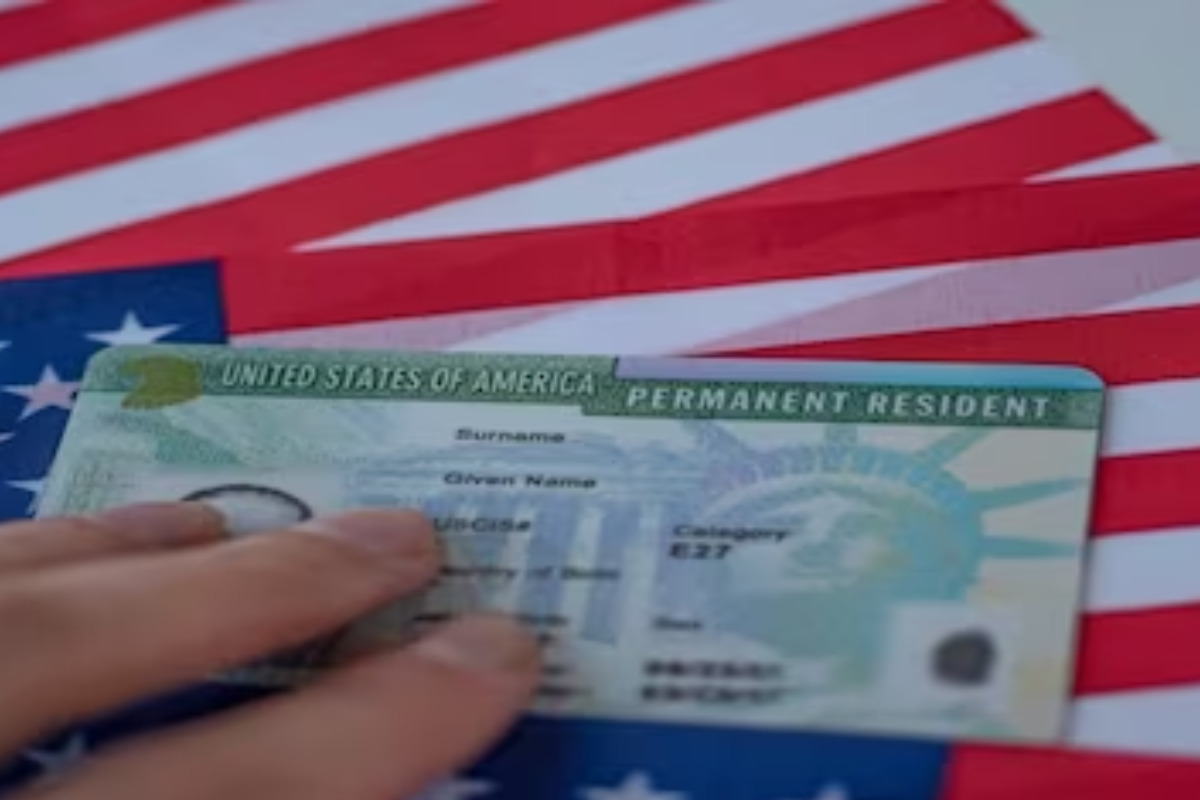A significant backlog in the process of granting Green Cards in the United States poses a grave risk of separating over one lakh Indian children from their parents. More than 10.7 lakh Indians are currently in the queue for employment-based Green Cards, which provide legal permanent residency in the U.S. Given the massive backlog and the 7 percent cap imposed on each country, it is estimated that the current rate of processing would take more than 135 years to clear.
Under the H-4 visa system, individuals up to the age of 21 are allowed to stay in the U.S
Under the H-4 visa system, individuals up to the age of 21 are allowed to stay in the U.S. However, as Green Card applications remain pending, a recent study conducted by immigration studies expert David J. Bier at the Cato Institute warns that as many as 1.34 lakh Indian children under the H-4 visa category will “age out,” resulting in forced separation from their parents.
The Cato Institute, a libertarian think tank based in Washington, DC, emphasizes that even when accounting for factors like death and aging out, the waiting period remains an astounding 54 years.
The issue arises when children, originally brought to the U.S. from other countries, reside under the H-4 visa, designed for the spouses and children of H-1B visa holders, which are temporary work visas for highly skilled workers. However, upon reaching the age of 21, these children are no longer eligible to stay in the U.S. under the H-4 visa category.
At this point, these young individuals, sometimes referred to as “documented dreamers,” face two challenging options. The first is to obtain an F-1 or student visa, allowing them to study in the U.S. However, working without an Employment Authorization Document (EAD) becomes problematic, and securing the F-1 visa is not guaranteed due to limited availability. The second option is self-deportation to their home country, a difficult decision, especially for those who grew up in the U.S. with minimal or no connection to their family in India.
This age limit imposed on H-4 visas, coupled with the protracted Green Card application process, has created significant uncertainty and anxiety among Indian families residing in the United States. While the Biden administration has proposed a rule that could potentially allow certain H-4 visa holders turning 21 to remain in the U.S. and work, the timeline for implementation remains uncertain. Additionally, President Biden had promised to address the 7 percent country cap for Green Cards, but the resolution of this issue also remains unclear.
Keep watching our YouTube Channel ‘DNP INDIA’. Also, please subscribe and follow us on FACEBOOK, INSTAGRAM, and TWITTER.
